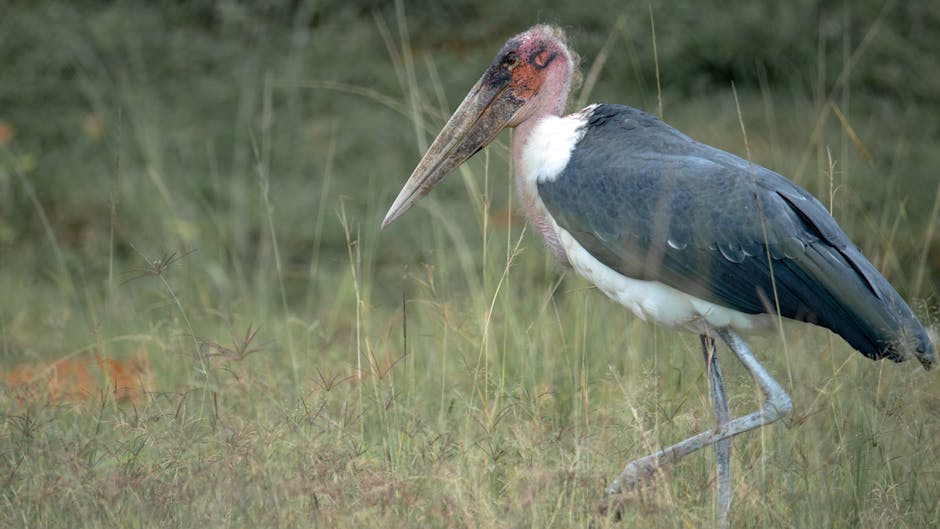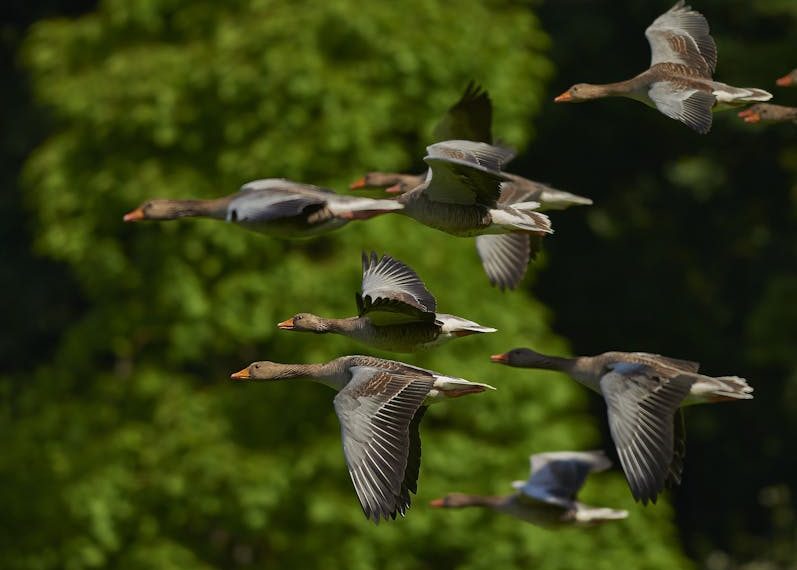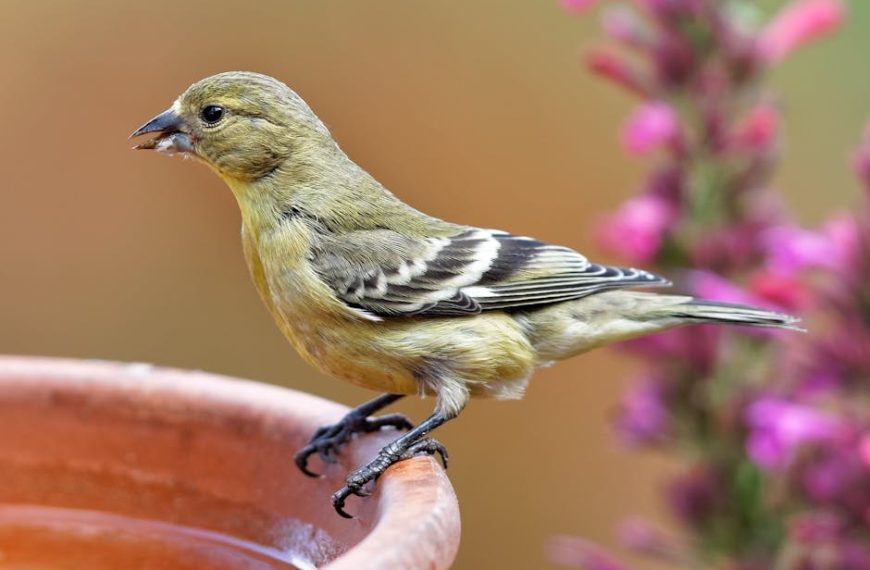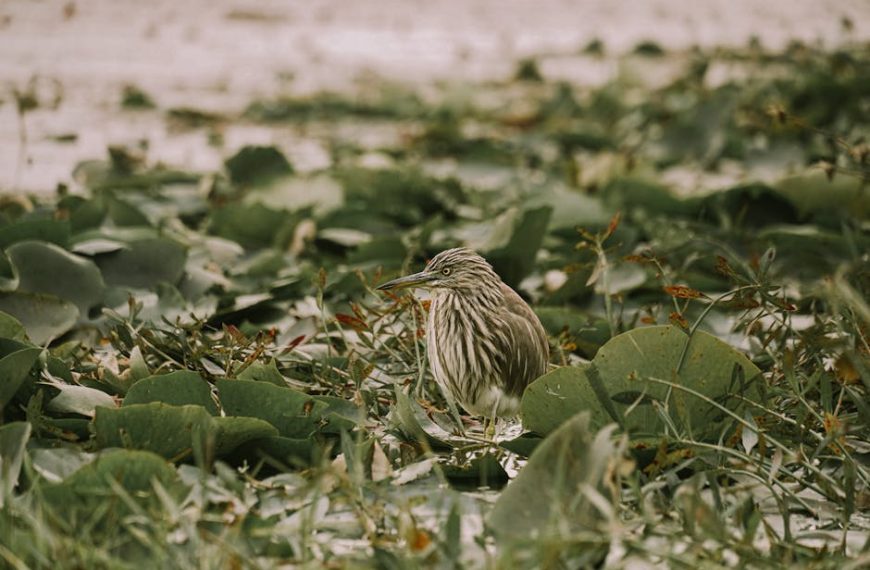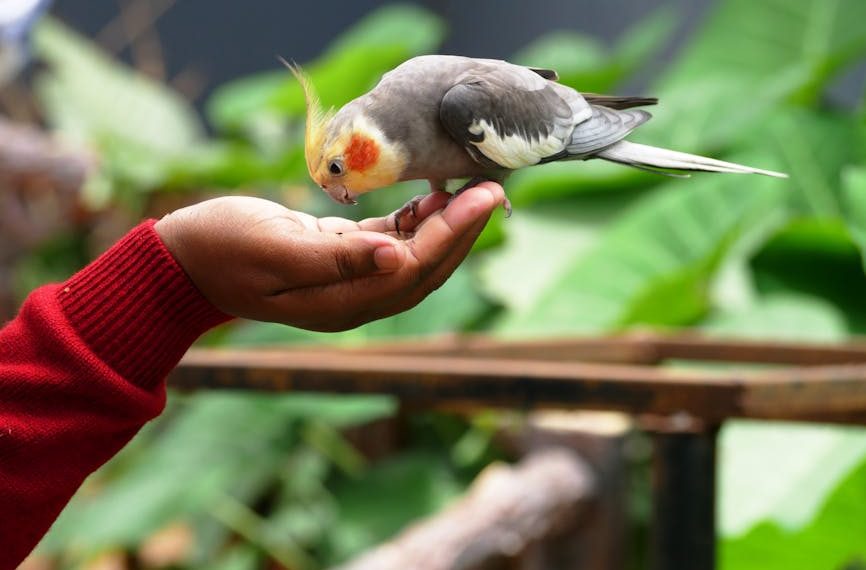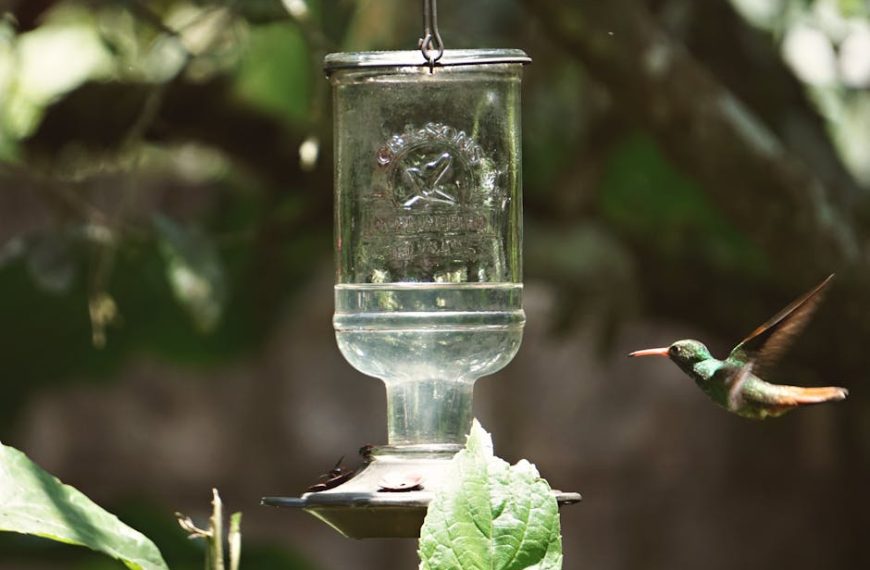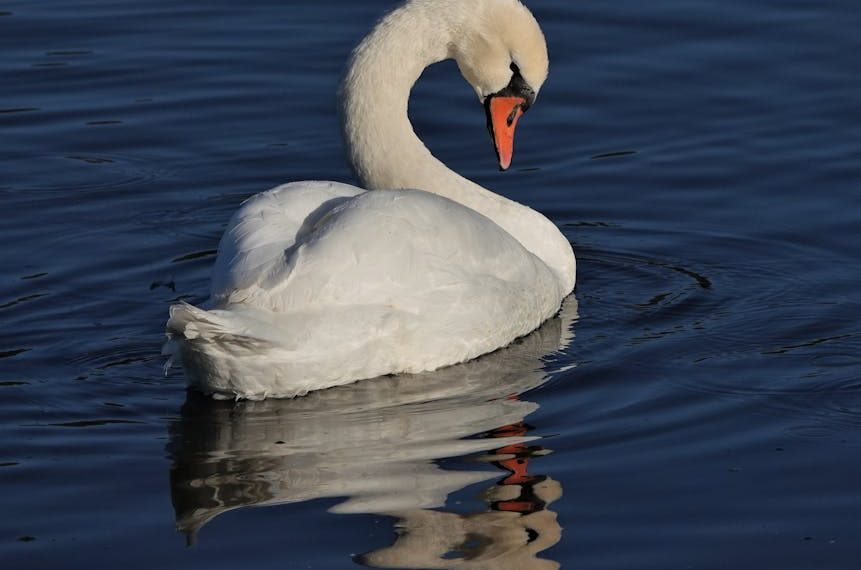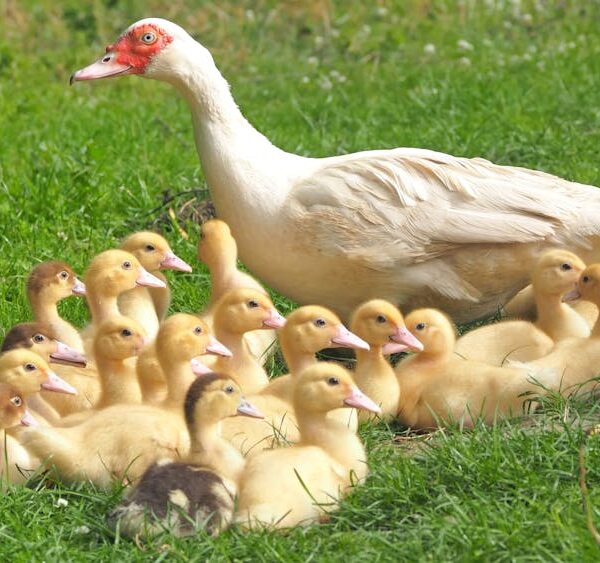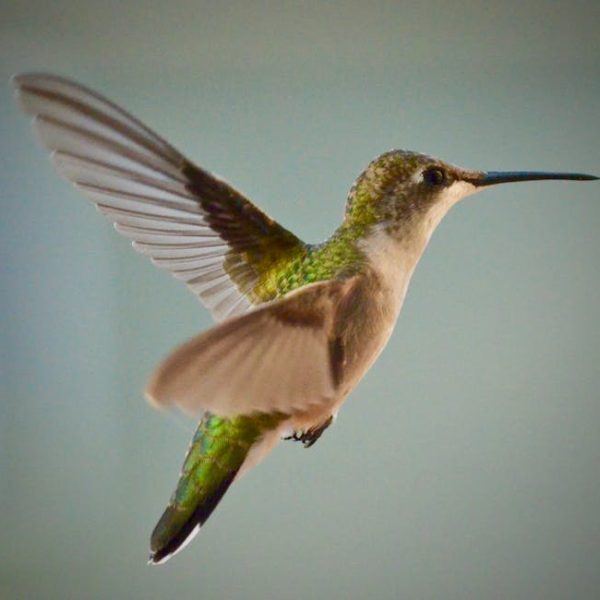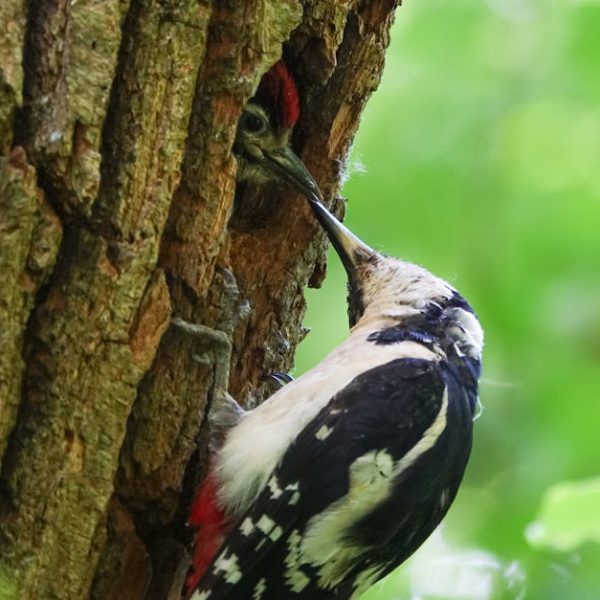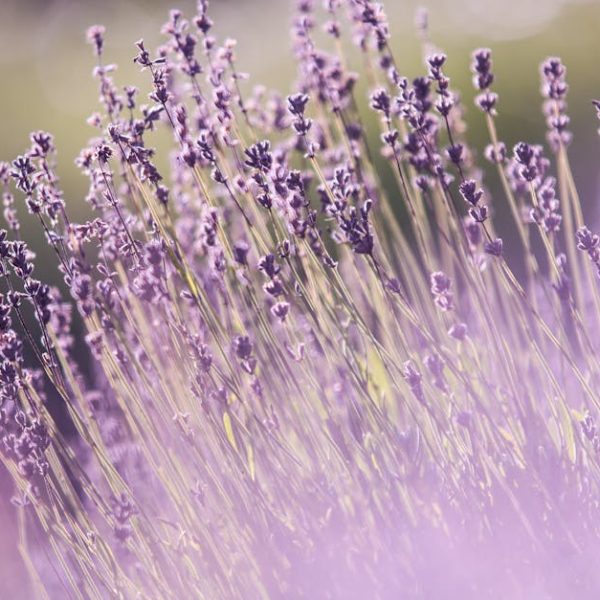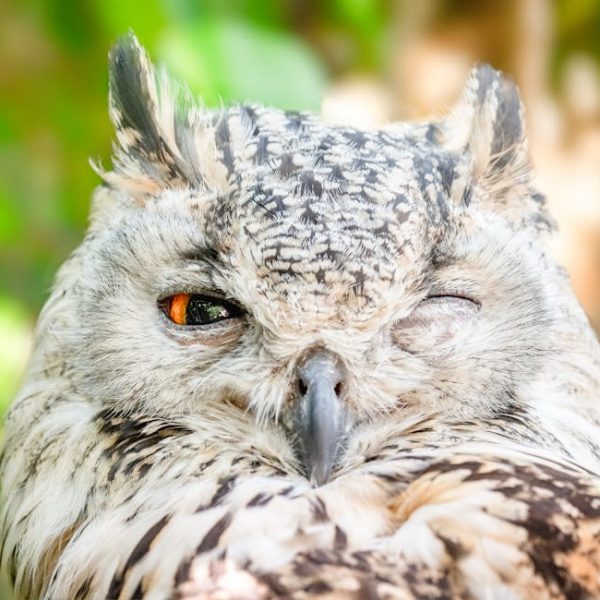Taxidermy birds, with their natural display of nature’s diversity, are a fascinating art form, adorning many homes and museums. However, to preserve their beauty and longevity, regular cleaning and maintenance are paramount. This article guides you through the importance of routine care, the necessary materials and tools, step-by-step cleaning processes, long-term preservation advice, and dealing with damages and restoration to keep your taxidermy birds in prime condition.
Understand the Importance of Regular Maintenance in Preserving Taxidermy Birds
A regular maintenance regime is instrumental in maintaining the aesthetic appeal and preventing deterioration of taxidermy birds. Regular cleaning wards off accumulative dust, which, mixed with humidity, can lead to mold growth, tarnishing the bird’s appearance. Additionally, consistent care helps identify potential issues early on, such as pests, cracks, or fading, allowing timely intervention and reducing future risks. Besides, by protecting your bird specimens from harmful environmental elements, you can enjoy their allure for many more years to come.
-Key Takeaways:
1. Routine cleaning is crucial for maintaining the condition of taxidermy birds.
2. Early detection of potential damages can prevent significant future problems.
3. Implement prevention strategies to protect specimens from common issues such as pests, humidity, and sunlight effects.
Tools and Materials Necessary for the Proper Cleaning and Care of Taxidermy Birds
To ensure you give your taxidermy birds the best care, it’s important to arm yourself with the proper tools, such as soft brushes, compressed air, and mild cleaners specifically formulated for taxidermy. Materials like archival tissue paper and acid-free boxes come in handy for storing the birds. Furthermore, steer clear from common household cleaning agents, such as harsh detergents or cleaning solvents, as they may damage the delicate features of the bird.
-Pro Tips:
1. Opt for cleaning products that are museum-approved for use on taxidermy birds.
2. Never use household cleaning agents, as they may cause irreversible damages.
Step-by-Step Guide to Cleaning Taxidermy Birds
Cleaning taxidermy birds requirement utmost care and precision. Start with gentle dusting to rid of surface debris, followed by deep cleaning with a mild taxidermy cleaner. Handle the delicate parts, such as feathers, beaks, and claws, deftly. Complete the process by polishing the bird gently, ensuring the taxidermy bird remains as pristine as possible.
-Checklist:
1. Gather your cleaning supplies: mild cleansing agents, soft brush, and archival tissue papers.
2. Initiate the cleaning process with a gentle dusting to eliminate surface buildup.
3. Proceed to deep cleaning, being especially careful with the delicate areas.
4. Finish the cleaning routine with a gentle polish for that extra shine.
Many species of taxidermy birds boast a stunning array of colors and intricate details that deserve a meticulous and informed care process. By carrying out regular cleaning, understanding the materials to use, and handling damage effectively, you will ensure their longevity for many years to come.
Long-Term Care and Preservation of Taxidermy Birds
Maintaining a suitable environment is a cornerstone of long-term preservation of taxidermy birds. Handle your preserved specimens with white cotton gloves to prevent skin oils from damaging them. Always control the light and humidity levels in the display area to prevent fading and damage by mold or pests. Regular inspections will also help identify potential issues before they become significant problems. When not on display, store your taxidermy birds in an acid-free box lined with archival tissue paper to keep them clean, dust-free, and protected.
-Best Practices:
1. Regulate light and humidity levels around your taxidermy birds to prevent degradation.
2. Cover your displays with taxidermy covers to ward off dust and pests.
3. Regularly inspect for signs of damage or wear and tear.
Dealing with Damage and Restoration of Taxidermy Birds
Encountering damage on your taxidermy birds can be daunting. For minor damages such as dust build-up or small imperfections, a simple cleaning can often rectify the problem. However, for larger issues like lose or missing feathers, cracks, or noticeable color fading, it might be best to call in a professional taxidermy restorer. It is crucial to respect the original artistry and construction of a taxidermy bird when restoring it to maintain its value.
-Comparisons:
Comparison can be made with respect to DIY repair and professional restoration as shown below:
| DIY Repair | Professional Restoration |
|---|---|
| Cost-effective for minor damages | Can be pricier but often more effective for significant damages |
| Gives satisfaction of personal involvement | Ensures the work is done by experts, preserving the artistry |
| Potential risk of further damage if not skilled | Less likelihood of causing additional damage |
In conclusion, the beauty and allure of taxidermy birds can only be preserved through routine cleaning, careful storage, and regular inspection. With the right tools and a comprehensive understanding of caring processes, you can protect these specimens from damage and assure their preservation for generations to come.
Key Takeaway:
- Regular maintenance and cleaning are key to preserving the natural beauty of taxidermy birds.
- The right tools and gentle methods can ensure effective and safe cleaning.
- An appropriate environment can prevent potential damages and contribute to long-term preservation.
- Identifying damages early allows for successful restorations preserving the original aesthetic and value of the piece.
Regular care and maintenance of your taxidermy birds can guarantee their pristine condition for years to come. By using the right tools and techniques, properly storing, and carefully inspecting them, you’re preserving not just the artifacts themselves but the artistry that brought them to life.
FAQs
Q: Can I use regular household cleaners for my taxidermy birds?
A: It is highly advised not to use regular household cleaners, as they may be too harsh and could damage the delicate features of the bird. Instead, opt for mild cleaners specifically formulated for taxidermy.
Q: How often should I clean my taxidermy birds?
A: Routine cleaning should be carried out regularly, however the frequency can depend on factors such as environmental conditions and storage. Always inspect your taxidermy birds regularly for any signs of damage or dirt accumulation that might necessitate cleaning.
Q: How can I prevent my taxidermy birds from damage due to pests?
A: To prevent pests, ensure the specimens are stored in a clean, dry environment. You can also use taxidermy covers that aid in keeping pests away.
Q: Can repairs be done at home if there’s damage to my taxidermy bird?
A: While minor damages can often be rectified with careful at-home cleaning, substantial damages should be handled by a professional restorer to prevent causing further harm and to maintain the original aesthetic and value of the bird.
Q: What should be the ideal environment for displaying and storing taxidermy birds?
A: An ideal environment for displaying taxidermy birds would be an area with controlled light and humidity levels. When storing, use an acid-free box lined with archival tissue paper for best protection.
We encourage you to share this article with other taxidermy enthusiasts and explore more of our posts for additional insights and tips.
